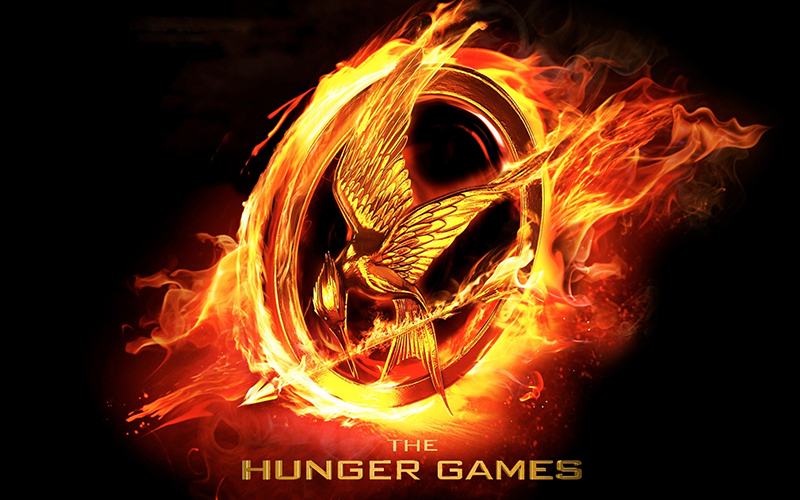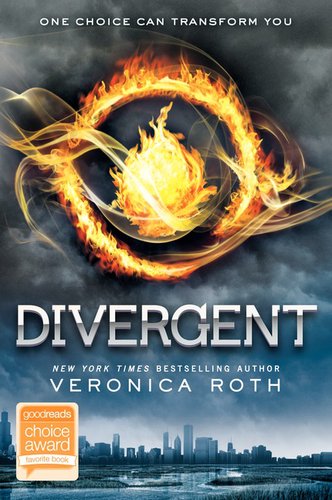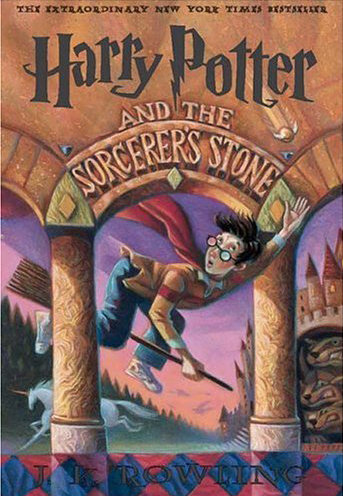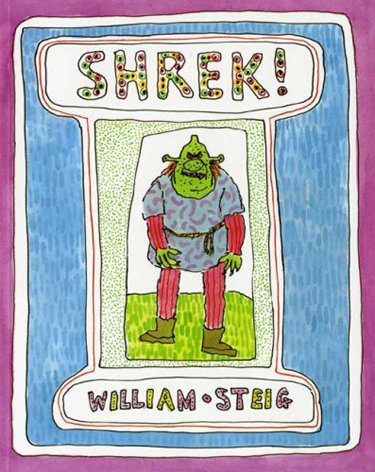Crunch! Slurp! *Excited whispers* Books have taken Hollywood by storm and are the answer for many directors wanting to create an original film. The bigwigs of movie studios have taken liberties with the books we know and love (cover to cover), but have also inspired followings for films such as Divergent, Harry Potter, The Hunger Games and even Shrek.
Every boy and girl in middle school (and grown-ups, let’s be honest!) throughout the world has heard of The Hunger Games. I teasingly nicknamed a girl in my classroom “Katniss” this year and she understood the reference. “How?” you might ask. Simply put, the popularity of this book-turned-movie is widespread enough to inspire even the most reluctant reader to sneak a peek under the cover to see what all the fuss is about. As a self-proclaimed book snob, I tend to shy away from “popular” books. For the longest time, I abstained from Harry Potter and the Sorcerer’s Stone because:
- I thought it was too trendy to be THAT good.
- How could I possibly get into a book that little kids found interesting? I’d have to be the most immature adult ever!
As I’ve learned with most books, you literally cannot judge a book by its cover (or in this case, its reputation). The Hunger Games is no exception.
Pop Culture in the Classroom
It’s a story with a heroine (yes, we have those in the 21st century) faced with hardships of life and struggling against ridiculous odds in a battle for her life. Set in a futuristic world where towns are divided by their assets (think coal, precious metals, crops), a “reaping” is held every seven years where kids ages 9 to 18 are eligible to be chosen as participants in a to-the-death contest against 23 other kids. The contest is meant to be a reminder to all  citizens in these districts of the power of government and the limitations/helplessness of the citizens.
citizens in these districts of the power of government and the limitations/helplessness of the citizens.
At first glance, it seems a bit morbid and controversial! But Suzanne Collins does not disappoint—I was hooked the way all great authors catch their prey: character development. The intense struggle Katniss has just trying to keep her family fed while raising her younger sister, Prim, is communicated to the reader through Katniss’ inner thoughts and feelings. I was immediately drawn to her character, understanding everything she went through and cheering her on in times of struggle. Collins continues the development of Katniss in the same way (inner thoughts and feelings) throughout the novel. I found myself lost to a world in turmoil, hanging on to every moment, not sure if it would be the last for my heroine or her companions.
Students will love this book for the relatable characters and, of course, for the love triangle composed of Katniss, Peeta and Gale. I dare you to find a teenage girl who doesn’t love a love story! Boys will enjoy this story because, let’s face it, they love a good fight. The clever tactics and battle strategies will trigger their interest and keep them reading to the very end.
Book vs. Movie
The Hunger Games movie cannot compete with the book. The inner thoughts and feelin gs that make the story complex and build the reader’s connection with Katniss aren’t developed enough within the time constraints of a couple of hours. That being said, the movie does stay true to the plot, characters, actions and themes of the book, whereas so many movies are dim reflections of their literary origin. Even the dialogue was taken directly from the pages. Bravo, Hollywood!
gs that make the story complex and build the reader’s connection with Katniss aren’t developed enough within the time constraints of a couple of hours. That being said, the movie does stay true to the plot, characters, actions and themes of the book, whereas so many movies are dim reflections of their literary origin. Even the dialogue was taken directly from the pages. Bravo, Hollywood!
How I Use It in the Classroom
When I taught 6th grade, I capitalized on my students’ interest in the franchise and spent two months studying its content from a language arts perspective. Not only were boys AND girls engaged, they were doing the work! Students read a chapter a night for homework, and we had discussions on the theme of government vs. man, the mockingjay symbol, the development of relationships between Haymitch, Effie, Katniss, Cinna, Peeta and many more. In class, students used textual evidence to answer questions about the book with their literature circle groups. They worked on literal questions (Who is Haymitch?) and complex questions (How do you think Gale feels about Katniss and Peeta’s onscreen relationship?). Every week students would have a quiz on the chapters assigned for the week.
Diving deep into the inspiration for The Hunger Games, students read about the author and realized that she borrowed a lot from Greek mythology (Theseus myth). They read articles about how reality television has affected society, both positively and negatively, then constructed argumentative essays to support their personal stance on reality television. Projects were created: using their imaginations, students would design a pamphlet for one of the 12 districts in Panem and advertise its qualities within the folds.
The Booksource Teacher Resource for the book helps further enhance students’ understanding with ideas for discussing dystopian societies, interpreting figurative language and imagery, and how point of view shapes the novel. The higher-level questioning included in the resource aids in pushing students further to think and question for themselves.
The time of books-turned-movies is upon us and never at a better time! We teachers are competing with Xboxes and PlayStation 4s for the interest of the young minds we mold. I, for one, am grateful to be able to stand a fighting chance with weapons like exciting, adventurous, true-to-the-book movies in my tool belt.











Leave A Comment